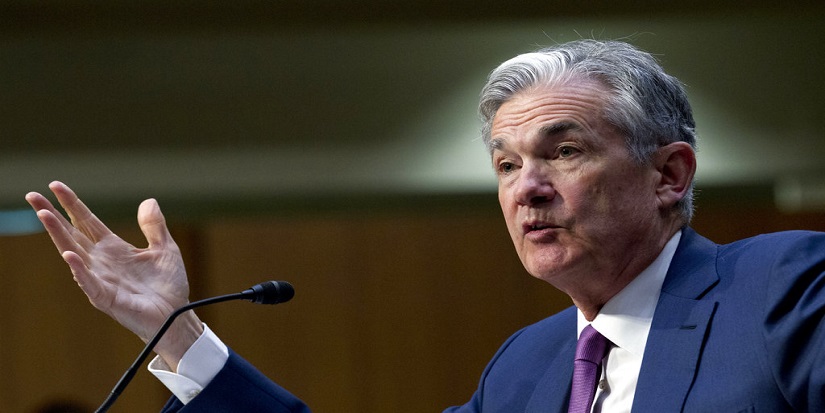
Inflation vs. Deflation—What’s at Stake
-
 Jared Dillian
Jared Dillian
- |
- August 31, 2023
- |
- Comments
First, let me start with a tweet by Larry Summers, though this chart has been passed around by Andreas Steno Larsen and others.

Source: @LHSummers
If you’re not hip, basically, this is a chart of current inflation on top of the inflation in the 1970s. The implication is that we will have a bigger round of inflation down the road, three to four years from now.
First, I’m not a big fan of analog charts. History may rhyme, but it never repeats.
One reason inflation might come back with a vengeance: Even though the rate of inflation has fallen, we still are in possession of an inflationary psychology. People expect prices to rise, which causes them to act in ways that will cause prices to rise. If you want to eliminate the inflationary psychology, you need to cause a real honest-to-goodness recession, which brings about the associated deflation necessary to soften inflation expectations.
The Fed has hiked rates a lot, though it hasn’t caused a recession yet. That may happen still—monetary policy works with a long lag. We are seeing some signs that things are slowing down. As of recently, there are some cracks in the housing market. And the banking industry is not too healthy.
One reason inflation might not come back with a vengeance: China. China is in the midst of a great deleveraging. Prices are falling, and as the world’s second-largest economy, it will export that deflation to the rest of the world. That seems likely to happen. All its economic indicators—at least the ones it has left—are in freefall. It may even have a depression, which might have some unholy consequences. So that is one reason to believe why we won’t have Round 2 of inflation.
Honestly, I am a bit torn. I think either could happen. Maybe they both happen in sequence. Maybe something in the middle is the right answer. I’m not sure the Fed knows the answer either, but the Fed (correctly) sees greater risks to inflation than deflation. If only it believed that a few years ago.
The Trade
The bond market is in an interesting spot right now. Behind Door #1 is the greatest bond bear market in history. Behind Door #2 is the greatest bond bull market in history. 4.2% on 10-year notes seems to be an average of the two outcomes. But this question—whether we get inflation or deflation—is the most important question in finance at the moment. I will note that everyone seems to think that we will get inflation, which pushes me in the direction of deflation because markets (and the economy) do what people least expect.
By now, you are probably familiar with the market doomsday cult—the angry hardhats who think stocks are going down, bonds are going down, gold is going down, everything is going down. A few points on that…
First, nobody has ever made any money being angry. Second, the batting average of these people is exceptionally low. And third, crashes tend not to happen when everyone is calling for them.
The bond bear trade is the doomsday trade. If rates go to 6%, we are hosed, which is an outcome that some people seem to be praying for. Once every 50 years, we are truly hosed. The Great Depression. The Financial Crisis. Maybe 1974. Maybe the dot-com bust. That’s about it.
In between, you have good times and bad times, and the bad times aren’t so bad. We survived 2022. I’m of the opinion that things will be pretty rocky over the next 10 years as we struggle with inflation and work off the excesses of the 2010s. But even if mortgage rates go to 10%, life goes on. Your parents probably had one. You probably had one.
Two Bad Outcomes
For any country, there are really only two terrible outcomes:
- Depression
- Hyperinflation
Everything in between is manageable. Volcker gets a lot of credit for preventing inflation from turning into hyperinflation, but there were a lot of other factors at play, including a massive move to deregulation.
We have seen examples of hyperinflation. We know what that looks like, and we know the causes. It is playing out in Argentina as we speak, and Argentina seems to be in the mood to do something about it.
Like what you're reading?
Get this free newsletter in your inbox every Thursday! Read our privacy policy here.
The one thing that keeps me up at night is that all roads lead to us monetizing the debt. We have historical examples of that, too. But that’s a slow-moving catastrophe—I might be dead by the time anyone has to worry about that.

Jared Dillian, MFA
subscribers@mauldineconomics.com

 Jared Dillian
Jared Dillian